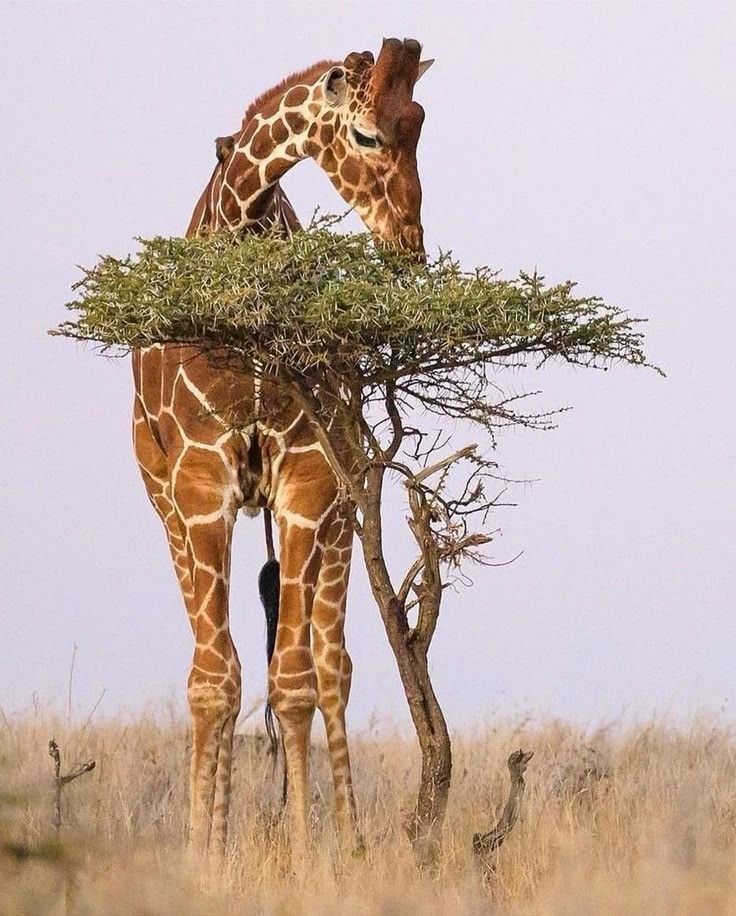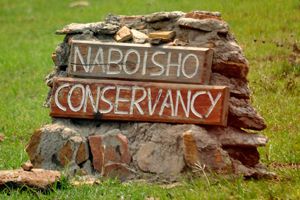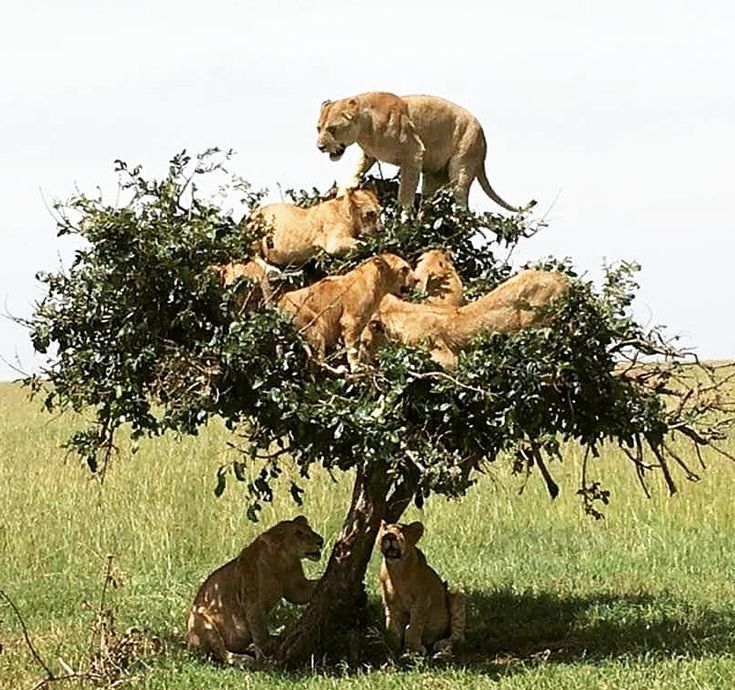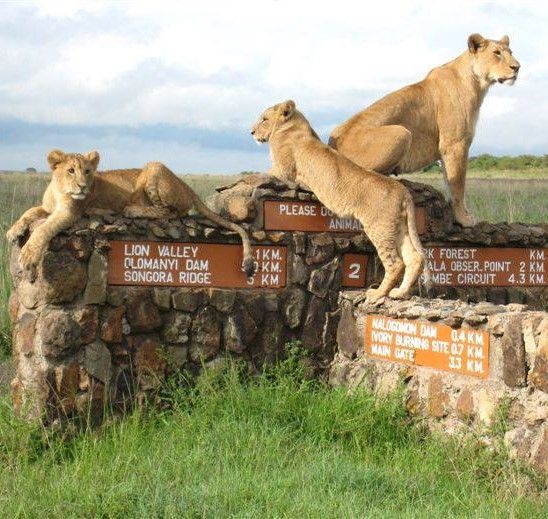How Wildlife Conservation Empowers Local Livelihoods: A Kenyan Perspective
Wildlife conservation has become more than just protecting animals it’s a pathway to transforming communities, sustaining ecosystems, and promoting economic resilience. In countries like Kenya, where nature and community are deeply interconnected, the impact of conservation initiatives is being felt far beyond the boundaries of protected areas.
The Role of Wildlife Conservation in Kenya
Kenya boasts some of the world’s most iconic wildlife from elephants in Amboseli to lions in the Maasai Mara. However, increased human activity, poaching, and habitat destruction once posed a serious threat. In response, wildlife conservancies and national parks were established to safeguard biodiversity.
But a new wave of conservation goes beyond fences and Rangers it includes the active participation of local communities.
Positive Impacts on Wildlife Conservation
- Revival of Endangered Species
Through community-led conservation, endangered species such as black rhinos and Grevy’s zebras are making a comeback. Local knowledge, combined with scientific research, helps monitor and protect animal populations. - Sustainable Habitats
Community conservancies manage land sustainably, ensuring that wildlife corridors remain open and natural ecosystems thrive. This balances agriculture, livestock, and wildlife coexistence. - Reduction in Poaching
Empowering locals with jobs as wildlife scouts, rangers, and guides reduces the temptation to engage in poaching. Locals are more likely to report illegal activity when they have a stake in the land.
Impact on Local Livelihoods
- Employment Opportunities Conservation areas create employment in roles such as:
- Tour guides
- Rangers
- Hospitality staff
- Artisans selling local crafts
For example, TSM Tours supports local communities by hiring guides from within the conservancy areas and promoting authentic cultural experiences.
- Education and Capacity Building Conservation programs often fund schools and scholarships. Children in these areas grow up understanding the value of nature and are empowered to lead future conservation efforts.
- Healthcare and Infrastructure Many conservancies contribute to building clinics, clean water access, and roads, funded partly through eco-tourism revenues. This enhances the overall quality of life.
- Support for Women and Youth Women-led cooperatives sell crafts, run lodges, and engage in conservation awareness. Youth are trained in guiding, photography, and content creation, making them active economic players.
Challenges and Solutions
| Challenge | Solution |
|---|---|
| Human-wildlife conflict | Use of fences, compensation programs, and awareness training |
| Unequal benefit distribution | Transparent governance and inclusive community models |
| Climate change | Diversifying income through climate-resilient practices and green jobs |
Case Study: The Maasai Mara Conservancies
The Maasai Mara Conservancies are a shining example of success. Here, landowners lease their property to tourism operators, and in return, receive monthly payments. Wildlife thrives, tourists visit, and the locals benefit.
This model not only protects wildlife but also ensures steady income, improving living standards and reducing pressure on natural resources.
The Way Forward
Wildlife conservation must remain community-centered. When local people benefit directly, they become the fiercest protectors of nature. Supporting community-based tourism, like that offered by TSM Tours, ensures that your travel choices uplift local livelihoods while preserving Kenya’s natural heritage.
Think about this
Wildlife and people are not separate; their destinies are intertwined by investing in conservation we’re not just saving species we’re building strongee healthier and more sustainable communities Whether you’re a traveler, donor, or policymaker, your actions can fuel a movement that keeps both nature and humanity thriving.



